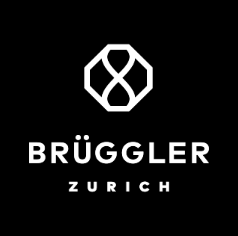TER Is Just the Tip of the Iceberg 🎯
The Total Expense Ratio (TER) is often the primary metric used for comparing investment funds. It’s standard, regulated, and widely published. But here’s the reality:
👉 TER does not reflect the full cost of owning a fund.
What’s included:
What’s missing:
- ❌ Transaction costs (implicit + explicit)
- ❌ Performance fees
- ❌ Swing pricing effects (NAV protection during large flows)
- ❌ Entry and exit fees
- ❌ Look-through costs in fund-of-funds (FoFs)
In other words, TER is a starting point, not the destination. The real cost drag is often 1.5–2 times higher than TER, depending on the structure, turnover, and fee layers.
Want the truth? Look here:
- 📄 PRIIPs KID → focus on Reduction in Yield (RIY)
- 📊 MiFID II cost breakdowns → ex-post trading and incidental fees
- 📉 Turnover ratio → a hidden proxy for internal cost friction
- 🔍 Ask for synthetic TER or effective OCF, especially in FoFs or structured UCITS
✅ Final Note: If a fund consistently outperforms a benchmark that matters to you, net of fees, cost becomes secondary.
💬 In the end, it’s not about the cheapest—it’s about the best risk-adjusted value.
Source: LinkedIn
No votes yet.
Please wait...



